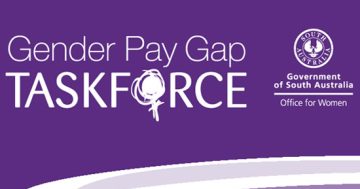Kathryn Valentine and Hannah Riley Bowles* dispel myths about negotiations in a bid to make workplace more equitable.
 We work with professional women all the time on their career negotiations: training them, advising their employers, and studying their successes and pitfalls.
We work with professional women all the time on their career negotiations: training them, advising their employers, and studying their successes and pitfalls.
One of us (Kathryn) is a negotiation coach and trainer and the other (Hannah) is a scholar and educator.
Over and over again, we hear three negotiation myths that we fear are hampering women’s potential to seize opportunities and overcome barriers in their careers.
As organizations redefine the future of work, it’s time to dispel these myths about negotiation so leaders can make their employee negotiations more equitable.
Myth #1: Men negotiate and women don’t
The truth is that both men and women have a hard time negotiating for resources that are counter-stereotypical for them, particularly because they are more likely to encounter resistance for doing so.
Following traditional gender roles (that are in many respects outdated), men are the breadwinners and women the caregivers, and these stereotypes spill over into the workplace.
As a result, women tend to encounter more challenges than men when negotiating for higher pay, and men more challenges than women when seeking access to family-friendly work practices.
Moreover, men from historically marginalized groups also face challenges negotiating their pay.
In studies examining what managers and professionals negotiate in their career, both men and women overwhelmingly recounted negotiating their roles — and with about equal frequency.
But case examples focused on pay or workload showed men recounting more job-offer negotiations and women recounting negotiating more around work and family.
(If negotiation scholars had focused first on how people access family-friendly work practices, they might have concluded that men don’t negotiate at all!)
For gender equality, it’s critically important that women have as much potential to negotiate their pay as men, and men as much potential to access family-friendly work practices as women.
Myth #2: Women should always negotiate pay
The second misconception is that women need to negotiate their pay in order to close the gender wage gap.
As one client Kathryn worked with said, “Given everything I’ve read about the gender pay gap, it feels like if I don’t push for higher pay, I’m letting women down.”
This is an unfair burden to place on women, particularly because the gender wage gap is more about the types of jobs that men and women are in than about differentials in pay for the same work.
The gender wage gap is calculated by comparing the earnings of male and female full-time workers.
Jobs dominated by men tend to be higher paid and more time-intensive, on average, than those dominated by women.
To be sure, there are situations in which women are unfairly paid, and those should be addressed.
However, negotiating for women’s occupational advancement is likely to have a greater impact on the gender wage gap than negotiating solely for more pay in current roles.
The keys to closing the gender wage gap are to support women’s occupational advancement into higher-paid jobs and to decrease the costs workers pay for seeking family-friendly work arrangements.
In other words, let’s redirect the emphasis toward supporting women’s role negotiations and toward problem solving around work and family for all workers — and stop pressuring to women to focus on pay negotiations only.
Myth #3: Backlash is inevitable
Many professional women approach career negotiations with trepidation, fearing social backlash such as being alienated from co-workers or even being disinvited from work teams.
Organizations can ward against this through education and norm setting.
For example, they can educate managers about potential biases — such expecting men, not women, to self-advocate for their career advancement — while also encouraging them to actively resist expectations that people will or should act in gender-stereotypical ways (e.g., that women should be modest about their ambitions or that men should be more concerned about work than family).
As part of this education, companies should encourage both employees and employers to think broadly about what can be negotiated in career conversation, including roles (e.g., advancement or developmental opportunities) and workload (e.g., assignments, schedules, etc.), as well as pay.
How women can advocate for themselves in the meantime
While companies have a responsibility to make their negotiation practices more equitable, there are also strategies women can use to reduce the risk of backlash and increase their chances of success.
Best practice in negotiation suggests doing two things to be more persuasive and build relationships.
First, explain why your request is appropriate and justified.
Second, share why your proposal serves the interest of both parties.
For example, in Kathryn’s negotiation training, she advises that instead of saying “I deserve a promotion,” try explaining why your performance meets the criteria (e.g., “I’m on track to exceed my sales target by 10 per cent, which will help the department hit our end-of-year goal”) and advances the company’s goals (e.g., “The credibility that comes with a VP title will help me land and convert more accounts”).
This is what Jackie, one of Kathryn’s clients, reported after she negotiated a new job offer.
“I was thrilled about the company, but the compensation was too low, and the role itself was a level below my qualifications.
“I met with them and highlighted that, given my past experience, I could add more value to the company at a higher level, where I would be able to contribute to our growth strategy.
“As a result of that conversation, I was given an amended offer with a higher title, a 40 per cent increase in compensation, and a clearer career progression.”
We’re in an unprecedented moment for employee negotiations.
The pandemic accelerated the transformation of work practices, and we’re living through a historic labour migration and uncertain economic times in which organizations are struggling to attract and retain talent.
In the subsequent surge in negotiation, if women and men are confined to outdated gender expectations, we could come out of this in an even more inequitable place.
We can’t let myths about gender and negotiation stand in the way of co-creating a more equitable future of work.
*Kathryn Valentine is the CEO of Worthmore Strategies, a consulting firm focused on empowering women to ask for what they need to thrive in their careers. Hannah Riley Bowles is the Roy E. Larsen Senior Lecturer in Public Policy and Management at Harvard Kennedy School, where she co-directs the Center for Public Leadership and Women and Public Policy Program.
This article first appeared at hbr.org











